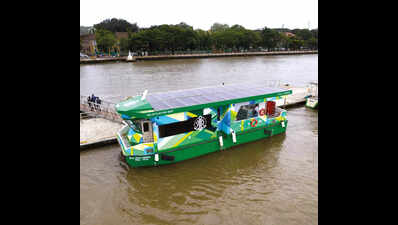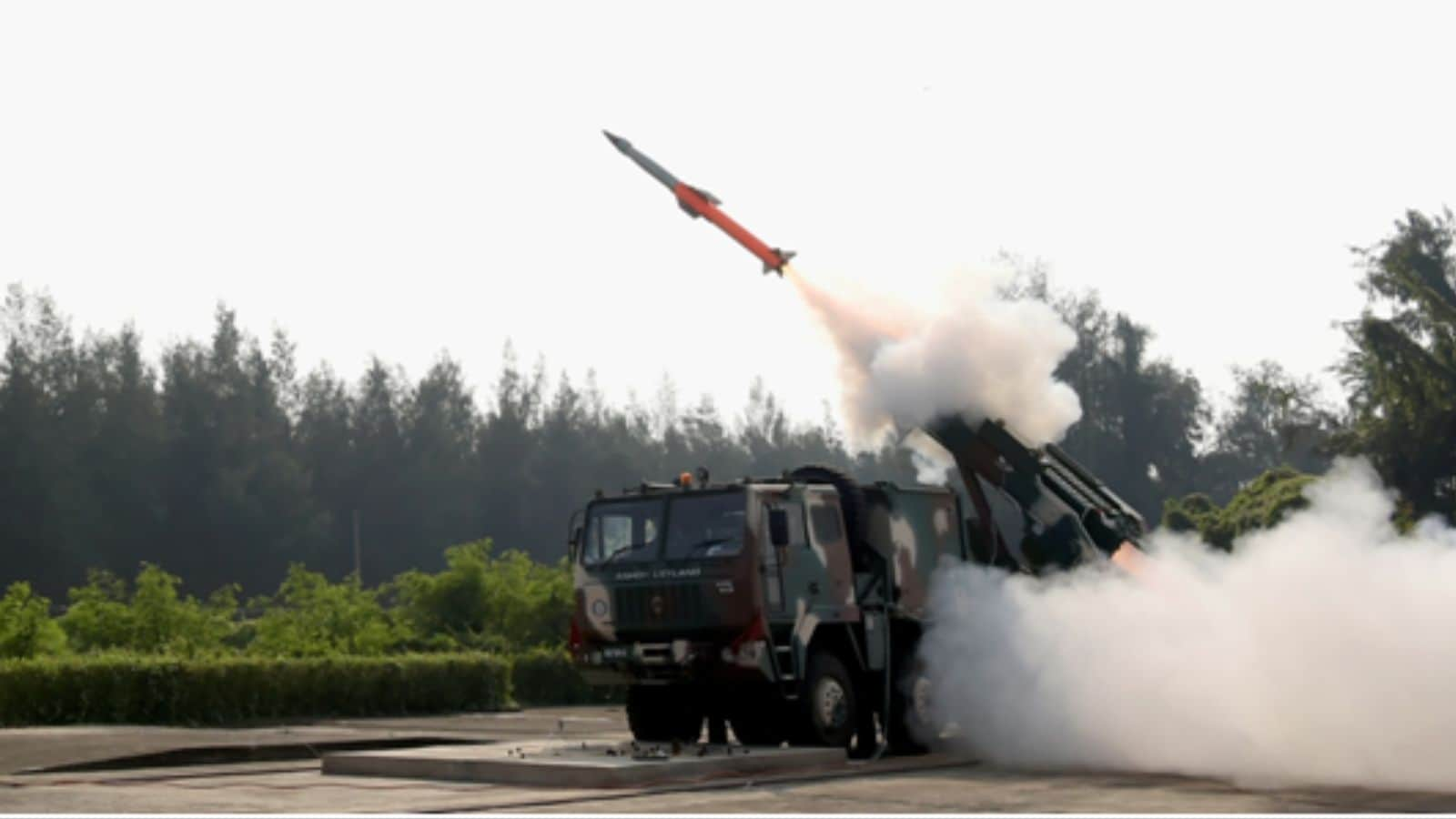ARTICLE AD BOX

Panaji: Learning from the failure of Goa’s govt-run solar ferry project, a home-grown company built the state’s first private solar-electric catamaran that could withstand the tides, currents, and day-to-day realities of Goa’s inland waterways.
By building a vessel tailored to the state’s unique riverine conditions, the company, LRAJ Green Solutions Pvt Ltd, hopes to achieve what public sector efforts could not: an operational and sustainable boat.LRAJ Green Solutions Pvt Ltd is the brainchild of Capt Ruben Fernandes, Larson D’Sa, Capt Jerson Da Silva and Alan Fernandes, veterans from the commercial shipping and solar power industry with decades of experience.While a conventionally powered ferry would consume fuel worth approximately Rs 2.5 crore and emit nearly 800 tonnes of carbon dioxide, the catamaran operates at just Rs 25 lakh in energy costs and emits over 98% less carbon dioxide, the company claims. This not only results in fuel savings of over Rs 2.4 crore, but also opens up the potential to earn carbon credits worth Rs 5 - 6 lakh, said the directors of LRAJ Green Solutions.
The vessel, named MV LRAJ Green, is the result of four entrepreneurs who pooled operational insights to solve a problem that to date appears to have stumped the captain of ports (CoP). Govt purchased a solar-electric ferry for Rs 4 crore in 2022 despite the CoP warning that the ferry was unviable. Since then, the solar-electric ferry, ‘St Pedro’, has been lying unused at the floating jetty in the state capital, with river navigation minister Subhash Phal Dessai saying that the department lacks the technical expertise to operate it.“We were supposed to operate the ‘St Pedro’ when the minister said that there is no technical partner to operate the vessel,” said Larson D’Sa, one of the four men behind the MV LRAJ Green.“During the initial trials, we understood that the ‘St Pedro’ had a mismatch between its design, technology, and Goa’s unique riverine environment. These early setbacks became critical learning points for us,” D’Sa told TOI.The four decided to build new solar-electric hybrid vessels tailored for Goa’s inland waterways.
The team is confident that their vessel will not meet the same fate as the ‘St Pedro’. With learnings from the Kochi Water Metro, the four men approached boat designers from Dubai, maritime engine manufacturers in the Netherlands and Germany, and battery suppliers from China.“What is different is that on the ‘St Pedro’, with 100% charge, it would last at the most one hour. Our vessel can have eight hours of operations, and this makes it viable and profitable.
It also comes down to the design of the boat, the design of the propeller, the shape of the hull, the weight of the material, and the angle of the propeller blades,” said D’Sa.For now, the MV LRAJ Green will be used for crocodile watching, bird watching, and dolphin watching. The use of silent electric propulsion allows the vessel to get very close to wildlife.During trials, the catamaran demonstrated eight hours of continuous operation on a single charge, maintaining a cruising speed of 6 knots.“How can a vessel be profitable or sustainable if it has to be charged after every trip? Our propulsion and energy systems operated flawlessly, confirming efficiency and reliability. The vessel has dual charging capability, allowing solar charging during the day and seamless grid charging when solar input is low or unavailable,” said D’Sa.



.png)
.png)
.png)
















 2 hours ago
4
2 hours ago
4









 English (US) ·
English (US) ·